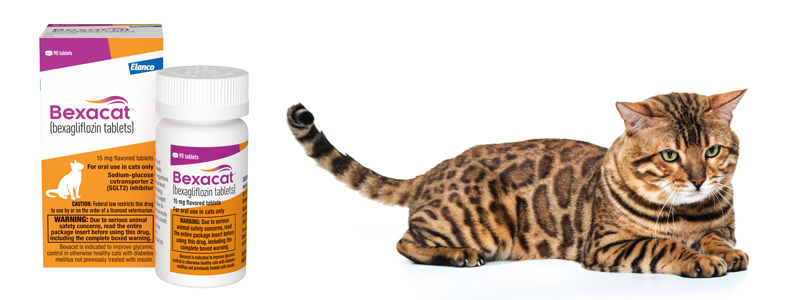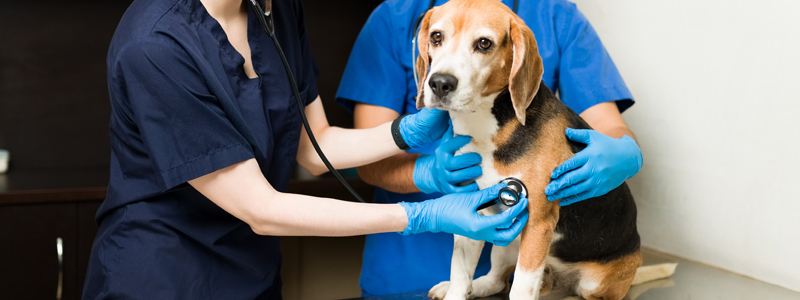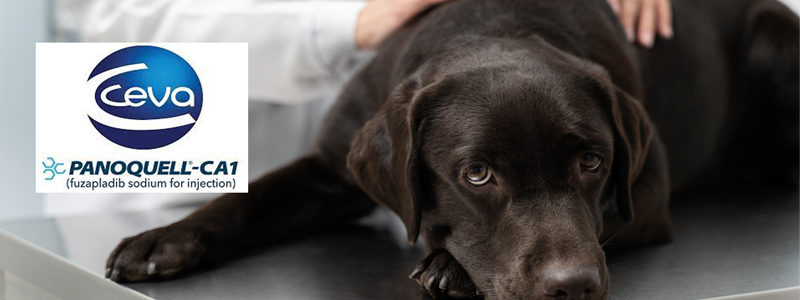BY: SAMANTHA BARTLETT, DVM
In December, the FDA announce approval for an oral treatment for use in cats with diabetes mellitus. Bexacat (bexagliflozin) is a sodium-glucose cotransporter 2 (SGLT2) inhibitor and is the first of its kind for any animal species. The drug works by preventing the kidneys from reabsorbing glucose into the blood and instead passing it out in the urine, which lowers blood glucose. The medication is for cats that weight at least 6.6 pounds and is administered once daily with or without food. Initial studies have shown that Bexacat was 83% effective in improving control of blood glucose in diabetic cats. The active ingredient is also being studied for type 2 diabetes in humans.
Bexacat, marketed by Elanco, is not for use in just any diabetic cat and comes with a host of specifications for patient selection and monitoring. Before treating with Bexacat, patients should be screened for kidney, liver, and pancreatic disease as well as ketoacidosis. It is not recommended to use Bexacat in patients that have been previously treated or are currently being treated with insulin or cats with insulin-dependent diabetes mellitus. Cats who are dehydrated, lethargic or not eating should not be treated with the drug. Geriatric cats that are newly diagnosed, especially if not overweight prior to diagnosis, are most likely insulin-dependent and often suffer other health conditions, therefore should not be treated with Bexacat.
Monitoring during treatment includes screening for ketoacidosis, diabetic or euglycemic. Cats should be routinely monitored for urinary tract infections while being treated with Bexacat. Other recommended monitoring includes blood glucose, fructosamine, serum B-hydroxybutyrate, serum feline pancreas-specific lipase, liver enzymes, and serum . and triglycerides.
The package insert gives detailed actions for abnormal parameters during treatment, especially during the first 8 weeks. Cats that do not achieve glycemic control as determined by weight loss, average blood glucose greater than 250mg/dL or increased fructosamine after 8 weeks of treatment should be taken off Bexacat and started on insulin.
Long-term use may increase the risk of urothelial carcinoma. Bexacat has been shown to increase the risk of diabetic ketoacidosis or euglycemic diabetic ketoacidosis The label recommends discontinuing treatment if a patient becomes ketoacidotic, suffers weight loss, lack of appetite, lethargy or dehydration. A client information sheet is available and should be provided to every pet owner with a cat that is started on Bexacat. The information sheet describes signs and symptoms to watch for and indicates steps to take if any occur.






